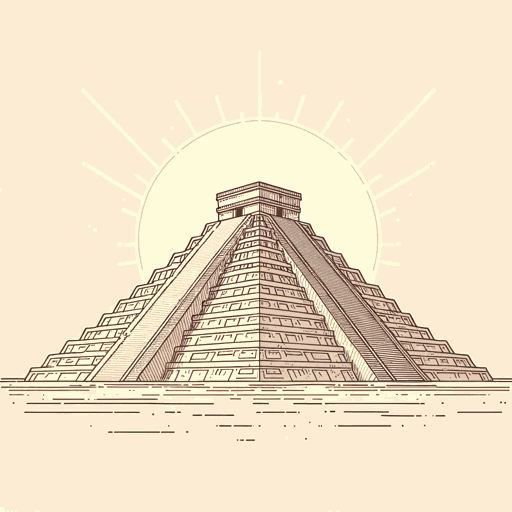48 pages • 1 hour read
Miguel León-PortillaThe Broken Spears: The Aztec Account of the Conquest of Mexico
Nonfiction | Book | Adult | Published in 1959A modern alternative to SparkNotes and CliffsNotes, SuperSummary offers high-quality Study Guides with detailed chapter summaries and analysis of major themes, characters, and more.
Themes
Conflicting Worldviews of the Europeans and Indigenous Peoples
At first glance, there are striking similarities between the Aztec and Spanish civilizations in the 16th century. Both were imperial powers at the top of their power. In the 200 years prior to their conquest, the Aztecs dominated their Indigenous neighbors, extending “their rule from the Gulf coast to the Pacific and as far south as Guatemala” (xxxii). Meanwhile, Spain had “was now the greatest power in Europe” (xxxiii). Both civilizations were culturally fixated on warfare and keen on further expansion. But ultimately, Miguel León-Portilla argues, these similarities were superficial. As he writes in his Introduction to Broken Spears, the encounter between the Aztecs and the Spanish was “the meeting of two radically dissimilar cultures, two radically different modes of interpreting existence” (xxxiii). Ultimately, these differences resulted in the victory of Europeans over Natives.
When the Aztecs and Spanish first met each other on the shores of Veracruz in 1519, they approached the encounter from very different frames of reference. For Hernán Cortés and his conquistadors, Mexico was a high-risk, high-reward venture. Cortés had already spent almost a decade in the Spanish colonies of Cuba and Hispaniola. There, he learned how to administrate a colony—and how to extract profit from one.
Featured Collections
Anthropology
View Collection
Challenging Authority
View Collection
Chicanx Literature
View Collection
Colonialism & Postcolonialism
View Collection
Colonialism Unit
View Collection
Memorial Day Reads
View Collection
Military Reads
View Collection
Power
View Collection
Required Reading Lists
View Collection
War
View Collection

